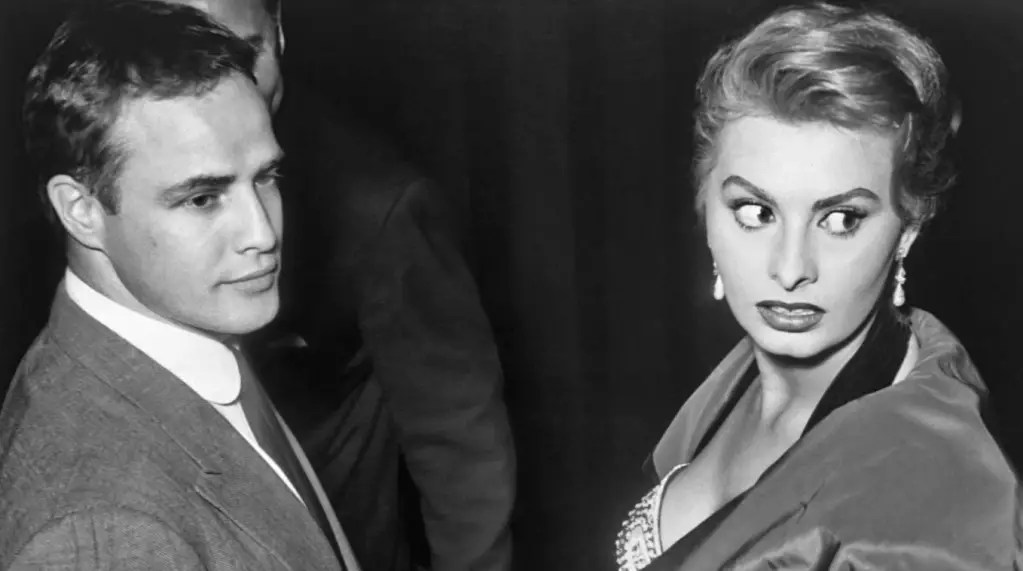Marlon Brando, one of cinema’s most iconic figures, embodied raw passion and intense emotion both on and off the screen. A vivid example of this came during the Italian premiere of his critically acclaimed film, *On The Waterfront*. As he entered the cinema, expectations were high, but they quickly soured. According to a recounting in *Hollywood on the Tiber*, a memoir by Hank Kaufman and Gene Lerner, Brando was horrified to discover that his voice had been dubbed by an Italian actor. This revelation ignited a fury within him, leading him to abandon the viewing experience altogether.
The incident illuminates a tension between artistic integrity and the realities of international film distribution. To have one’s performance altered without consent speaks volumes about the challenges actors face globally. Brando’s visceral response, described in the memoir, highlighted an essential truth about the authenticity an actor strives to maintain. His agent’s account of Brando “staggering up from his seat” encapsulates the emotional distress that accompanied this experience — the feeling of being treated like “a ventriloquist’s dummy” rather than a true artist.
The Struggle for Authenticity
Brando’s outrage reflects a broader concern for authenticity in cinematic representation. Actors invest their souls into creating characters, and the idea of their voice being manipulated by another raises questions about identity and ownership within the industry. For Brando, a revered figure often associated with intense performances, the loss of his voice was a symbolic diminishment of his artistry. His indignation resonates with anyone who is passionate about creative expression — no artist wishes to feel displaced or unheard.
The struggle did not end with Brando leaving the cinema. Following persuasion from associates, he returned just in time for the film’s conclusion. This decision signifies a complex interplay between personal pride and professional obligation; the applause he received ultimately provided some redemption. While he might have found temporary solace in the audience’s acclaim, the experience revealed deeper insecurities and frustrations within Brando’s psyche.
A Reflection on Film Industry Challenges
Brando’s anger can be seen as a metaphor for the challenges many actors encounter in the film industry, particularly within a global framework. Language barriers and cultural differences can complicate the translation of an actor’s work, sometimes stripping away the very essence of a performance. Such scenarios pose ethical questions regarding the treatment of an artist’s intellectual property and individual expression.
The forthcoming English translation of *Hollywood on the Tiber* offers a fresh perspective on these significant issues within the film industry during the 1950s. It serves as a reminder of the ongoing struggle for artists to preserve their authentic voices in an era that increasingly prioritizes commercial viability over individual artistry. Brando’s outburst was not merely a moment of personal rage; it was a poignant commentary on the broader context in which artists must navigate their careers, maintaining their integrity amidst the multifaceted demands of the industry.
In examining Marlon Brando’s fury and the circumstances surrounding the Italian premiere, we gain insight into the turbulent intersection of celebrity, art, and the struggle for authenticity, which remains relevant in today’s entertainment landscape.


Leave a Reply